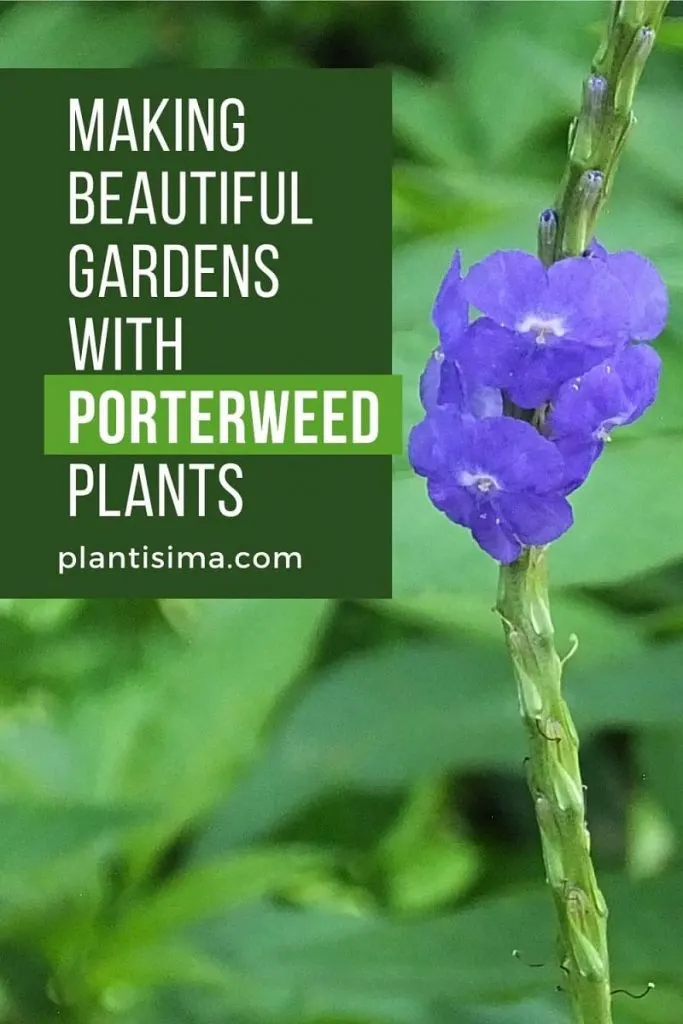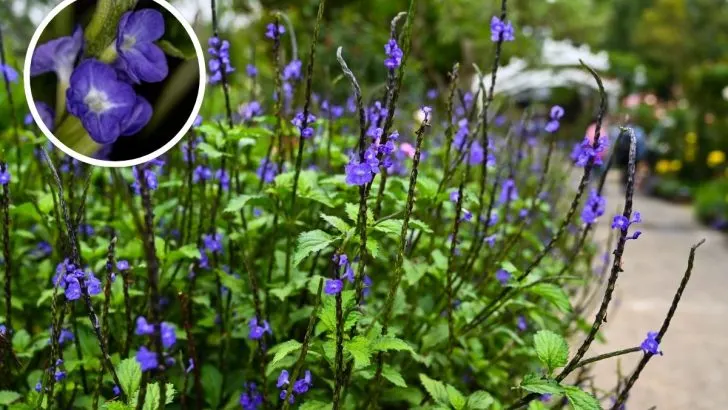Porterweed might be your new favorite plant for the garden. This fantastic evergreen plant is definitely something you’ll fall in love with.
Once planted, it will come back every year. This genus is well known for its ability to encourage growth every year.
If you prefer a tree with purple flowers, you’ll love this plant as well. With its purple flowers, it will brighten up your garden in a second.
They are among evergreen plants that bloom in the summer. Simply growing them from cuttings, they are a low-maintenance plant that you’ll enjoy planting more and more in your yard.
If you want to have them in your garden next spring and summer, let’s dig into their ultimate care guide. Hope your coffee is ready because you’re about to make an excellent choice.
About Porterweed Plant
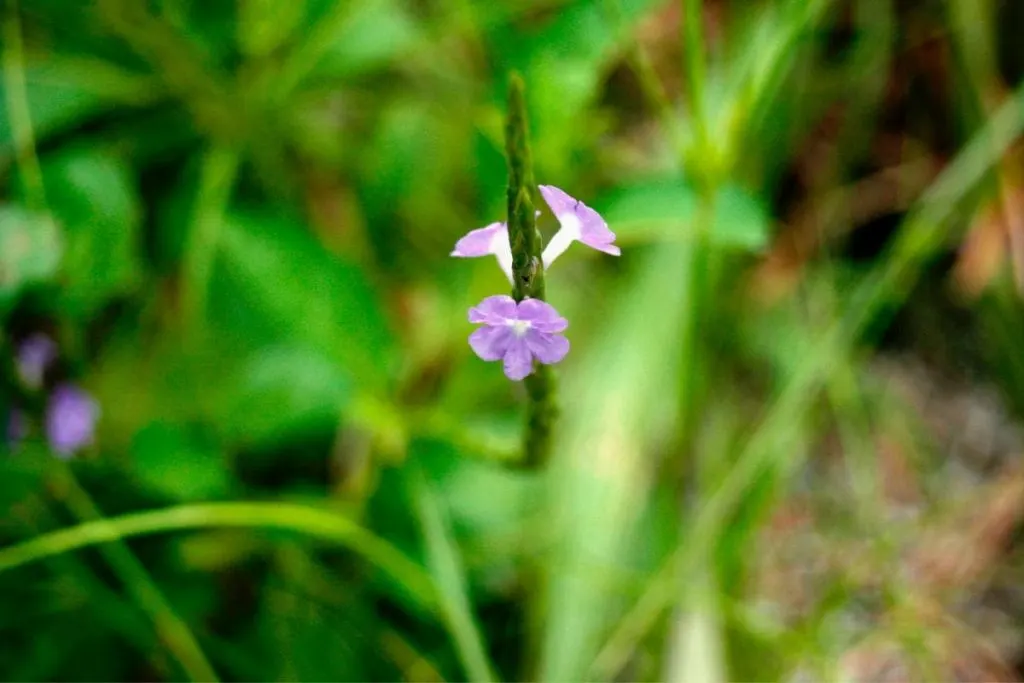
If you’re thinking about new growth for your garden, you should consider porterweed plant. Before we bring you their ultimate care guide, we think it would be good to learn their botanical features.
What makes these flowers so special? Where do they come from, how big they can grow, and much more? Let’s learn more about these lovely flowering shrubs.
- Native habitat: tropical regions, south Florida, Oceania
- Botanic name: stachytarpheta jamaicensis, stachytarpheta urticifolia , stachytarpheta cayennensis (purple porterweed and other species included)
- Common names: blue porterweed, purple porterweed, tropical buckeye, rat’s tail, snakeweed, native blue porterweed, the genus name is greek stachys,
- Type of the plant: small perennial shrub
- Family: Verbenaceae
- Use: landscape plant, blooms nearly year-round, never plant them or prepare the seeds in the late winter
- Toxicity: not toxic
- Wildlife: attracts hummingbirds, bees, and butterflies in butterfly gardens
- Leaf shape and color: dark green foliage
- Flower shape and color: purple blooms, thick, small blue flowers
- Height: 4 feet tall
- USDA hardy zone: 9-11, plant in partial shade and full sun locations, drought tolerant
Care Guide For Porterweed Plant
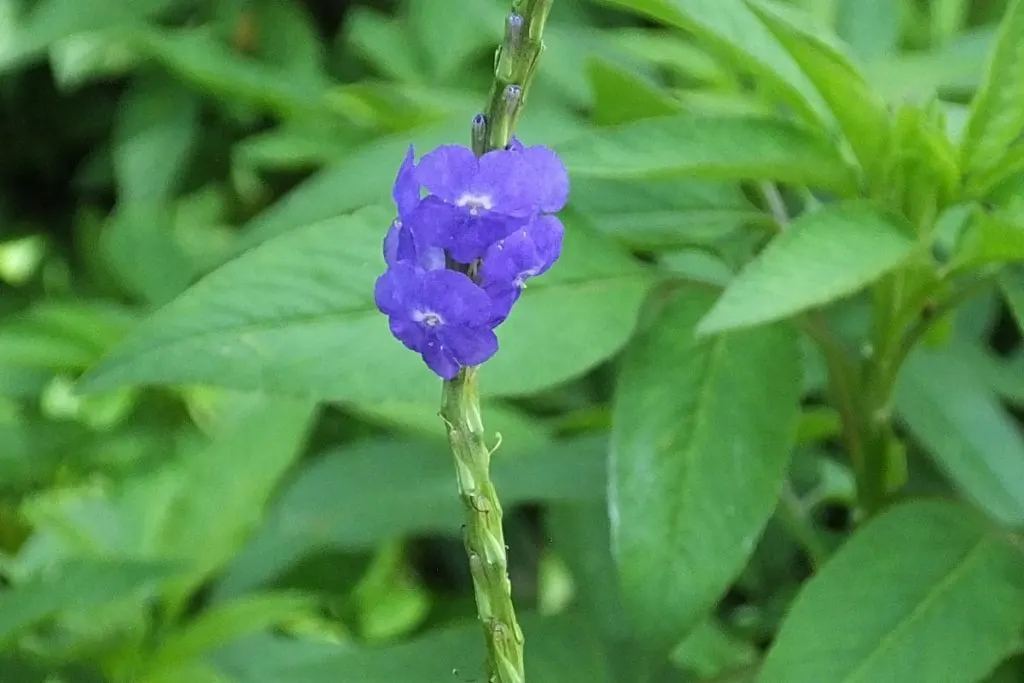
To make sure that you will plant this plant perfectly, below we bring you its care guide. In order for the plant to continuously grow well, we bring you its simple ritual of watering, fertilizing, etc.
All this represents the process of caring for this plant, and with our help, accurate, accurate, and successful. Let’s grow porterweed well in your garden.
Light Needs For Porterweed

Its light requirements are perhaps the only “complicated” thing about this plant. This is because it can grow in a variety of light conditions, but never fully.
This means that the plant cannot grow well only in full sun, full shade, or only when it is exposed to bright light. So what to do for this plant?
In that case, find a location with 5-6 hours of direct sun, bright indirect light in the afternoon, and partial shade. Without direct sun, the plant will certainly not grow and bloom well.
It is used to high temperatures and sun in her natural habitat and it is necessary for it Without shade, they will also not have enough rest from the sun, so they will dry out quickly. With the combination of these two segments, you will have a successful growth of this plant.
Water Needs Porterweed
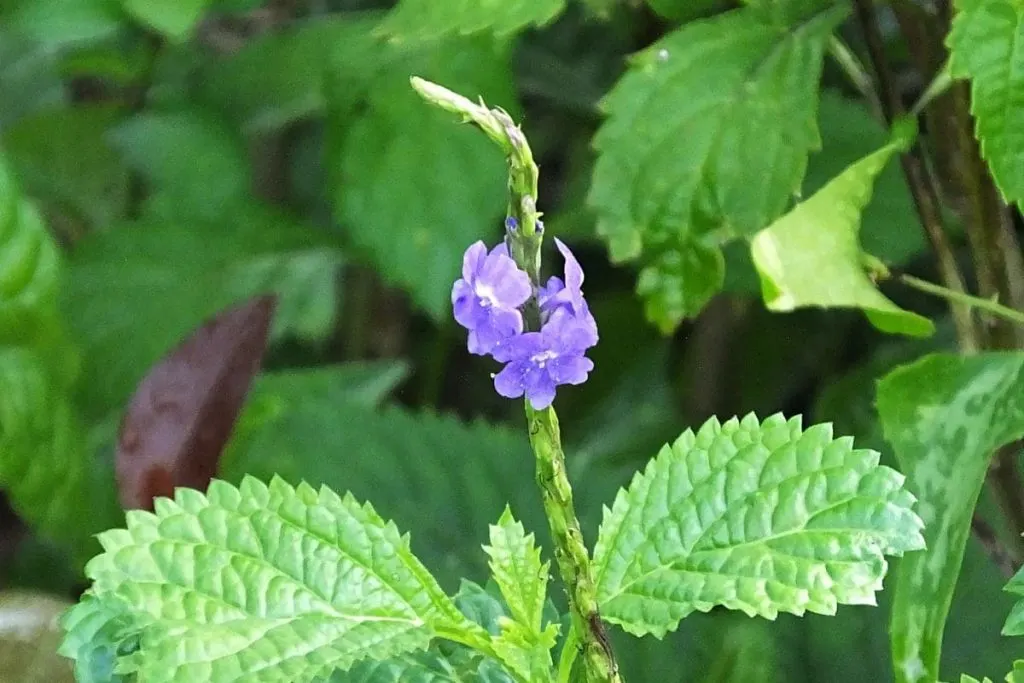
Watering is also not complicated for this plant. When we say that you should water it regularly, that means 1 in seven days.
You can also use a water calculator to personalize watering recommendations to your environment. If your region is hot, they will not need the same amount of water as plants planted in colder regions.
Always be guided by the outside temperature and other conditions before watering. Humidity should also be taken into account when watering. More humid areas need less water.
Soil Type Porterweed
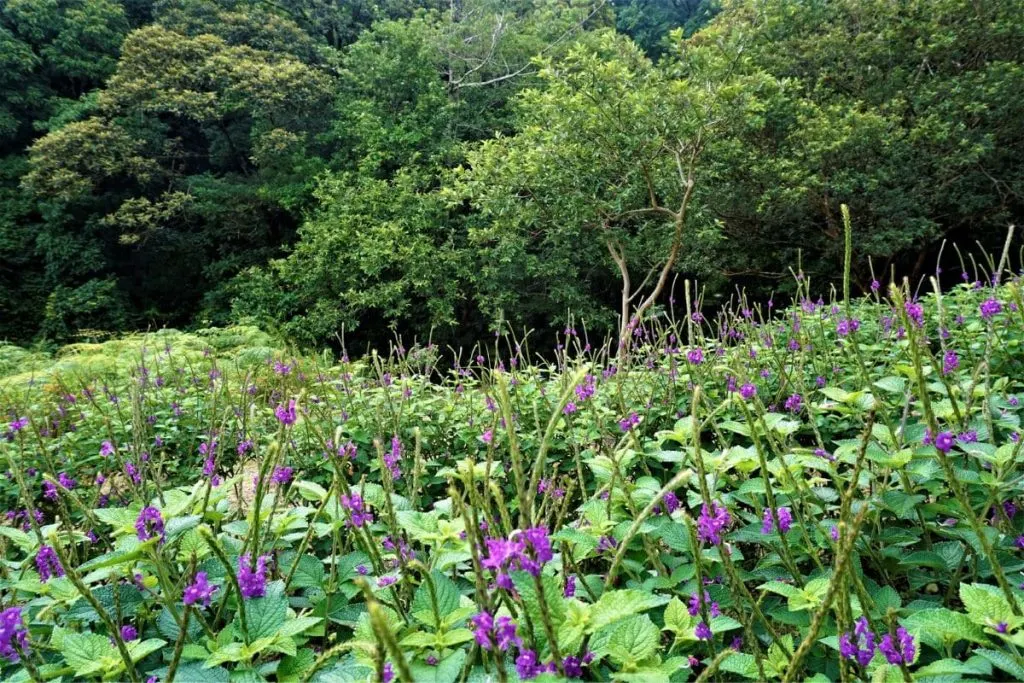
This plant responds best to peat soil in combination with sand. Sand is not acidic soil, but peat soil is acidic. This is precisely why these two soils are mixed to create a balance in acidity.
You can add humus directly to the soil at the first planting for better success. However, even without fertilizer, this plant will grow excellently. These soil types are also well-draining soils. Exactly what this plant needs.
Fertilizer Porterweed
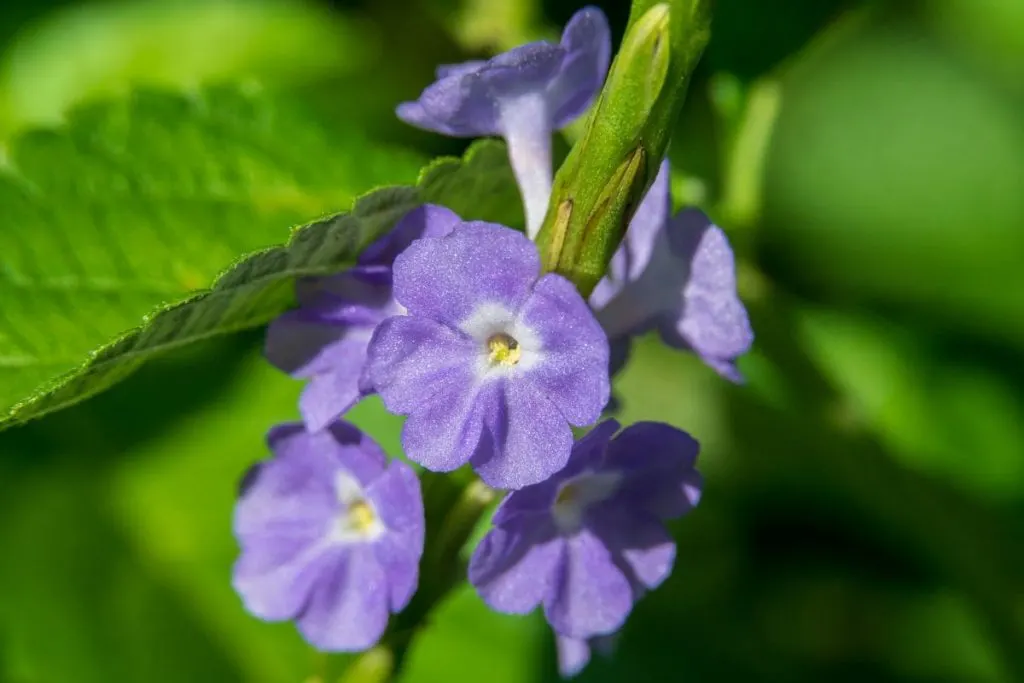
As we mentioned above. Most people do not fertilize this plant at all. But if you still want to do it, do it at the first sowing to increase the chances of success of this plant.
But with good drainage and plenty of sun, there’s no need to spend money on fertilizer.
Humidity
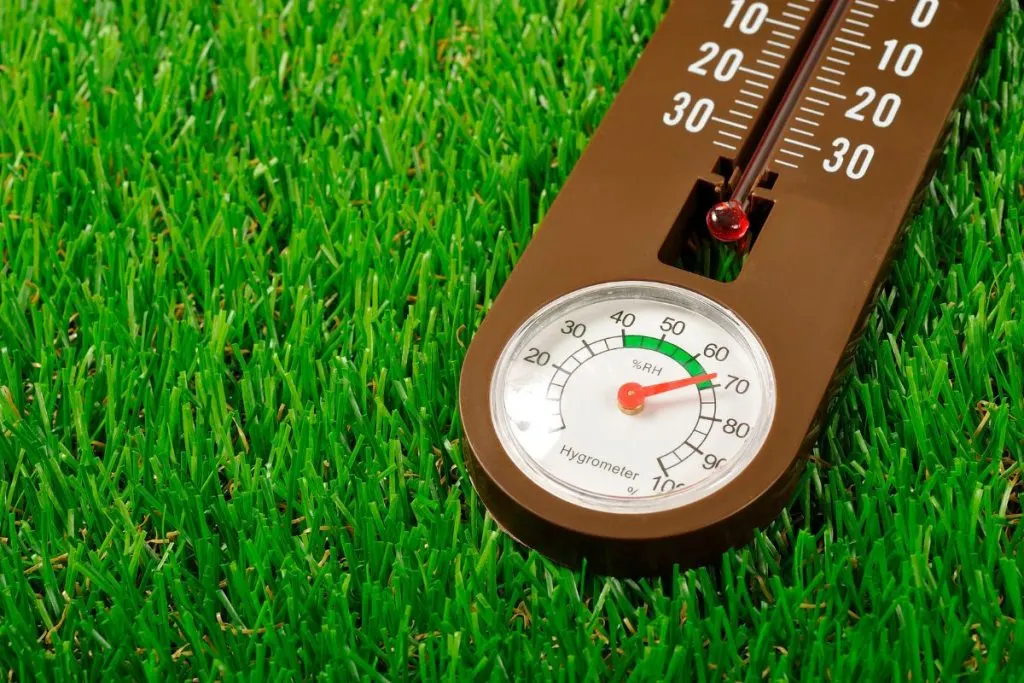
The plant can tolerate humidity of 50% and 60%. In some regions, it grows excellently even with a humidity of 40%.
The plant is definitely not demanding when it comes to this item.
Temperature
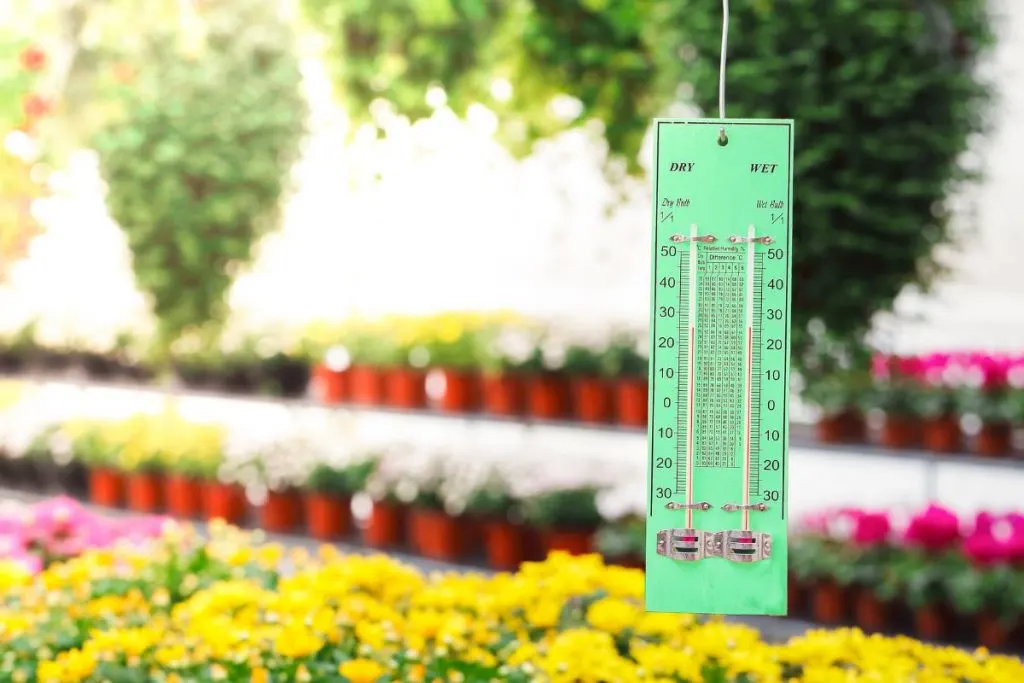
Although it mostly grows in tropical regions, the plant can tolerate colder temperatures. These are usually temperatures between 55 and 85 F. Very fascinating, isn’t it? However, it will not react very well to strong wind and frost.
Its stems aren’t that strong, so they will easily bend and break from a strong wind. Frost is certainly not good for plants that do not have protection on the stems.
The wood on the branches has bark, so it protects it, but these fragile plants do not.
Pruning

Pruning of this plant should not be done almost at all. Most of these plants live their entire lives without any pruning.
This is because this plant simply does not need it. Whether you prune it or not, the plant will continue to grow.
Sometimes the tips will turn yellow. But you must have also seen that the ordinary grass on your lawn is not bothered by this.
This is ideal because this plant grows in tropical regions and will sometimes have yellow tips.
Propagation Porterweed
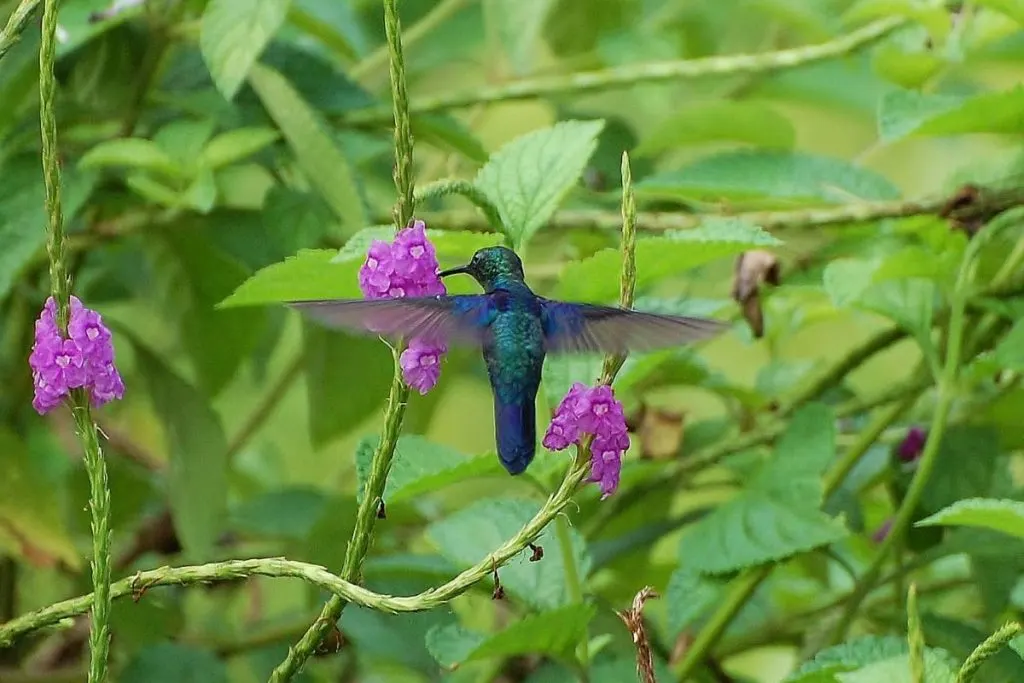
Propagation of this plant is most efficient with seeds. If you want to be sure of sowing success, soak the seeds in water the night before. Before that, you should store the seeds in a dry, cool, and dark place.
When we say cold, we don’t mean the coldness of the fridge, of course. We mean a temperature that is slightly below the average room temperature.
The water over the thread will fill the seeds with enough water, giving them the advantage to start sneezing soon.
Plant them in well-drained soil. You can fertilize once and you can stop right there. This plant is not demanding fertilizer. Most owners only fertilize them once when they plant them.
In Case You Want To Learn More About Porterweed Plant
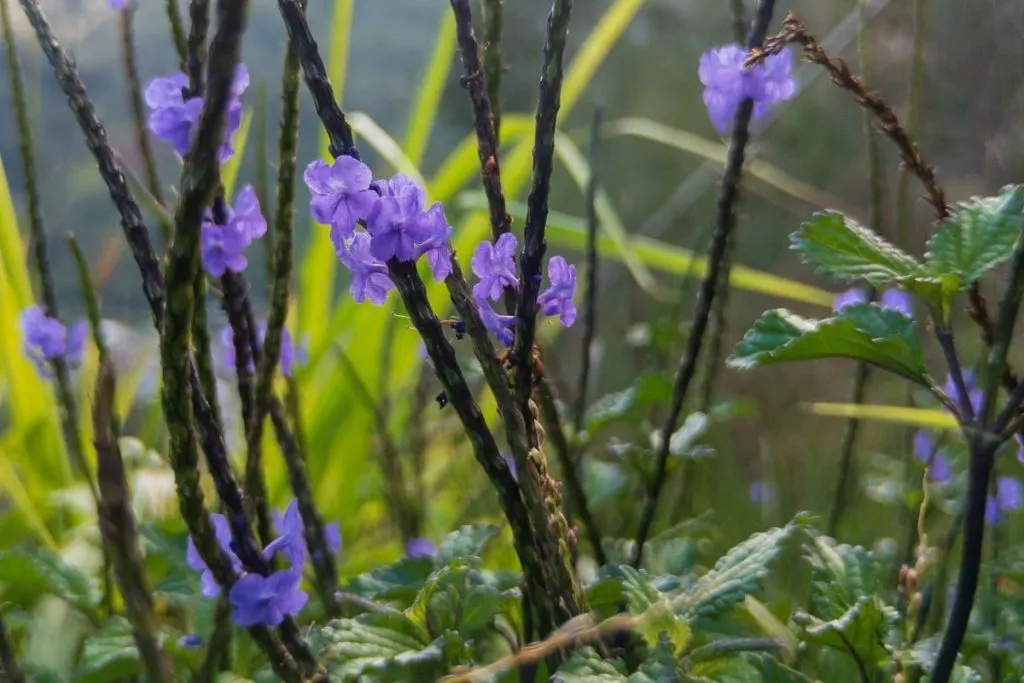
You prepared the seeds, and container and you’re about to plant the porterweed, but you feel like you’re missing something. That’s probably some additional information w haven’t told you yet.
Below you’ll find some additional useful information about this plant. You should know this as well before you plant it in your yard.
Is Poterweed Invasive?
In Asia and the tropical USA and Europe, this plant is considered invasive. It belongs to invasive plants, category 2.
That means that the Exotic Pest Plant Council thinks that it is required to carry out a restricted activity. This category includes pine trees and gum trees along with some weeds.
What Is Poterweed Good For?
Porterweed has medical benefits. Some of them are treating fungal infections high blood pressure, colds, constipation, diarrhea, headache, worms, and many different allergies. Along with its medical benefits, it’s a great simple garden decor.
Is Porterweed Edible?
Many parts of this plant are edible for humans ad pets. If you want to eat this lovely plant out of the curiosity, make sure you clean it and remove its “weed silk” first before doing so.
Flower spikes of this plant can be used for soups. Flowers that are eaten raw without any cooking taste a bit like mushrooms.
Final Thought
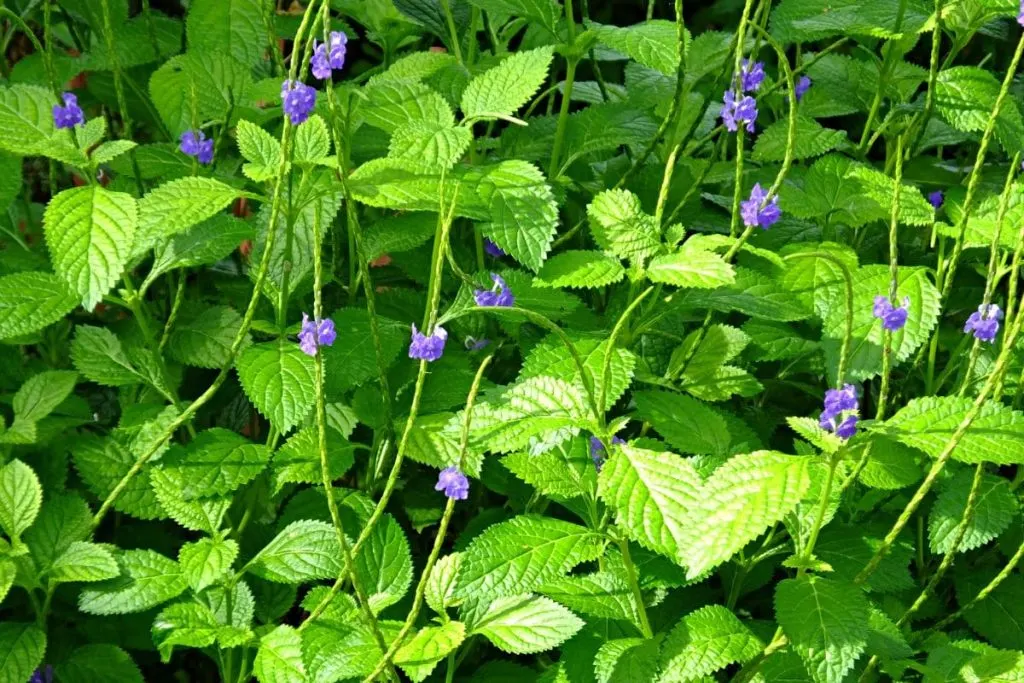
Did you enjoy our article on the porterweed plant? We hope that you liked the article and that you are ready to plant this plant in your garden.
As you could see, the plant is very easy to maintain. You will not have to make great efforts for the good appearance of this plant. It grows in its natural habitat without any help or supplements.
This is exactly why it is the ideal plant for all of you who want plants in the garden, but don’t have a lot of free time. It could definitely be among other low-maintenance plants in Arizona.
That would be all for today, see you tomorrow with similar topics.
